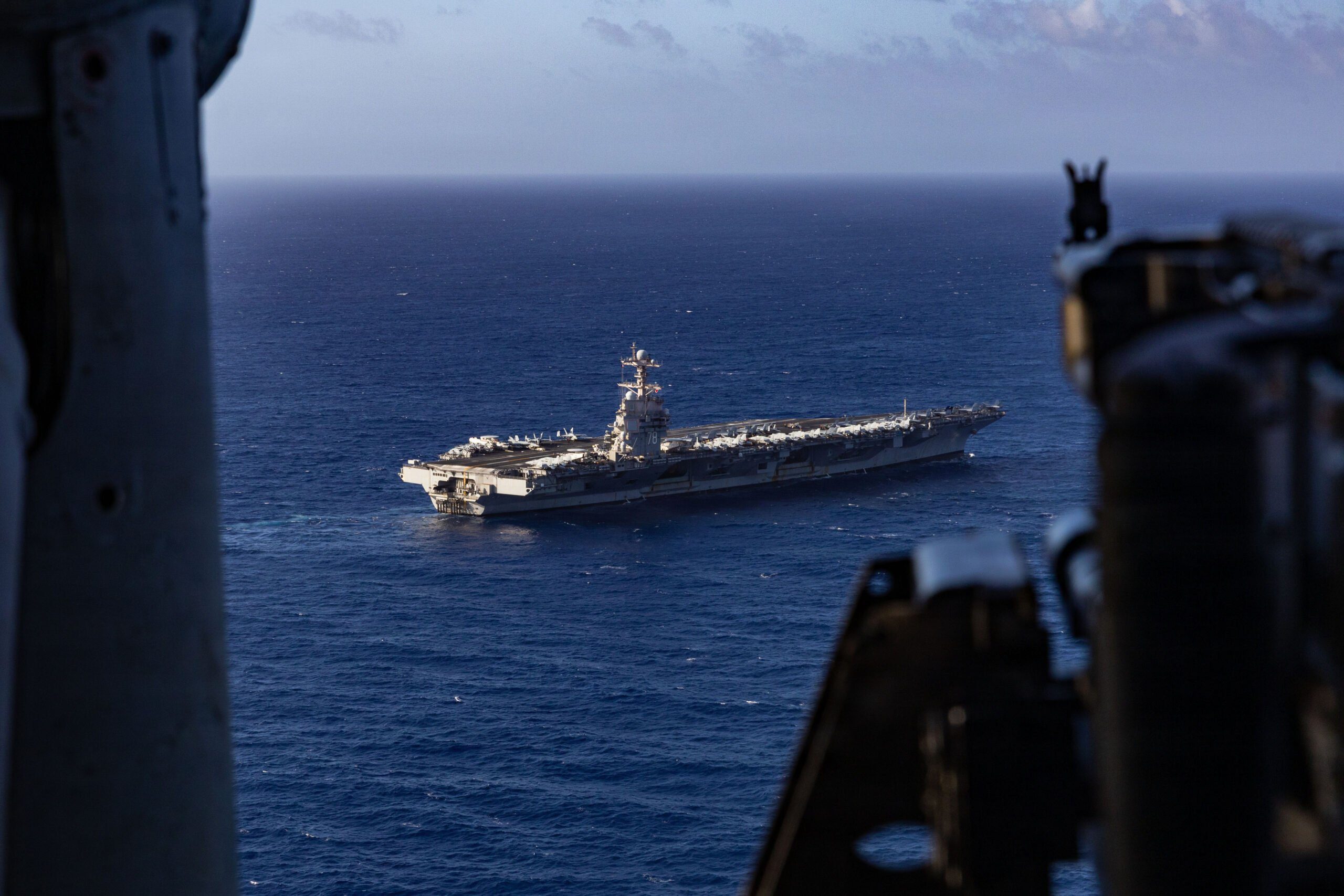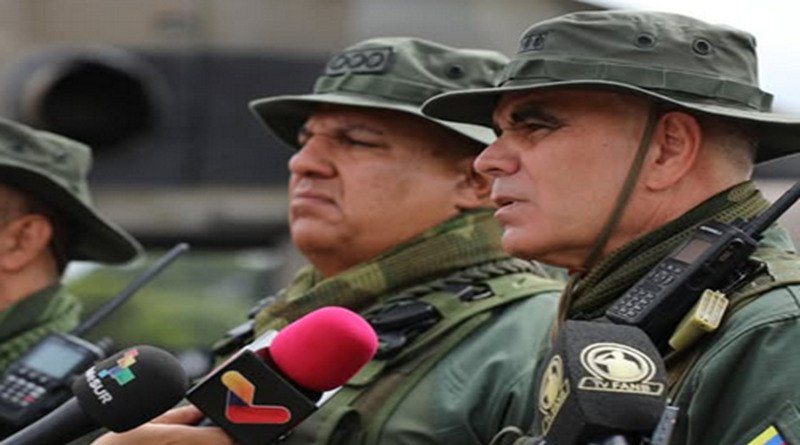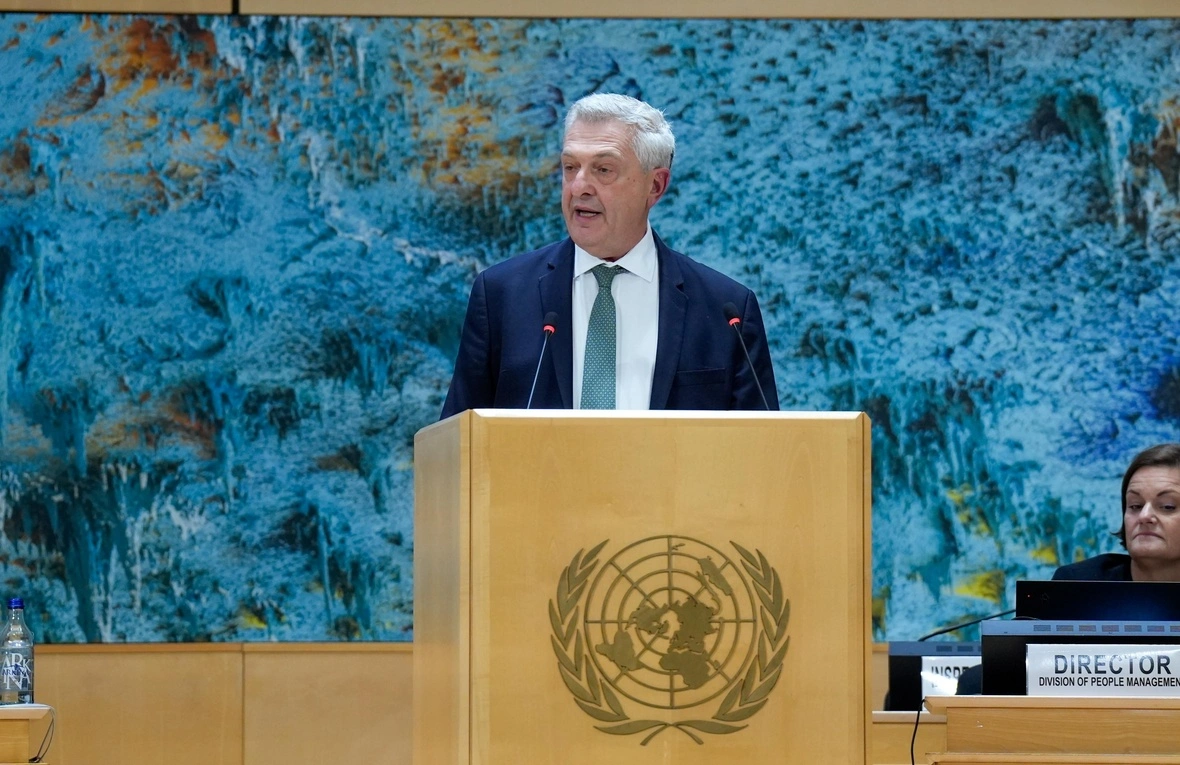The USS Gerald R. Ford is the world’s largest aircraft carrier. Photo: U.S. Navy.
Guacamaya, November 11, 2025. Over three months after U.S. President Donald Trump ordered the use of military force against Latin American drug cartels, the Pentagon has deployed an impressive array of Navy and Air Force assets in the Southern Command, now including the USS Gerald R. Ford, the world’s largest aircraft carrier.
The U.S. has augmented its forces in the Caribbean from just 3 warships and 3,000 personnel to 14 vessels –including a submarine and the Ford carrier— and 13,000 troops, including 2,200 Marines, sailors, and other Department of War staff, according to the Center for Strategic and International Studies.
So far, the military deployment can claim to have destroyed 19 small vessels alleged to be carrying drugs. However, it has not carried out any major campaigns that could be said to make a dent on international narcotics trafficking, or killed or captured any high-profile leaders.
While forces are mostly concentrating in the Caribbean, and they are widely expected to strike Venezuela, the majority of attacks against alleged drug boats since October 21 have been in the Eastern Pacific.
In leaks to U.S. media, it has been said that President Trump in considering different military options, including conducting air strikes inside Venezuela or even seizing strategic locations, including air strips and oil fields.
Last week, in a Congressional briefing high-level administration officials said there are no plans to carry out attacks in Venezuela or any land strikes at all, in the run-up to a close War Powers Resolution vote in the Senate. However, President Trump has repeatedly said he is open to the idea of targeting cartels “on land.”
According to the CSIS, units deployed in the region have a wide range of ground attack munitions at their disposal, including 170 long-range, ship-launched Tomahawk missiles, as well as thousands of air-launched explosives. In the 2011 intervention of Libya, the U.S. used 150 Tomahawks, while in the bombing campaign in Yugoslavia it fired 218.
The United Kingdom is no longer sharing intelligence with the United States about suspected drug trafficking vessels in the Caribbean, “because it does not want to be complicit in military strikes and believes the attacks are illegal,” according to a CNN exclusive.
The Washington Office for Latin America has found that 76 civilians have been killed in 19 lethal U.S. strikes against alleged drug boats, considering the Trump administration’s official statements.
In videos published by Secretary of War Pete Hegseth or President Trump, the crews of boats under attack cannot be seen fighting or firing back, nor are they in many cases moving or running away.
Little is known about the victims, and in most cases it has not been possible to confirm who they are, or even where the attacks took place. AP learned the identities of four men who were killed in one of the boat strikes, who were running drugs from the Venezuelan state of Sucre to nearby Trinidad.
The bombings nonetheless mark a dangerous precedent: ordinary criminals are being treated as “terrorists” and “enemy combatants” and thus killed without detention or trial. Strangely, in one of the attacks the U.S. rescued two survivors —a Colombian national and an Ecuadorian— but they were sent to their countries of origin to be released.







